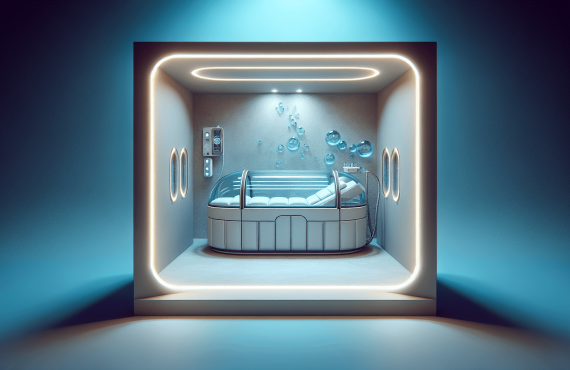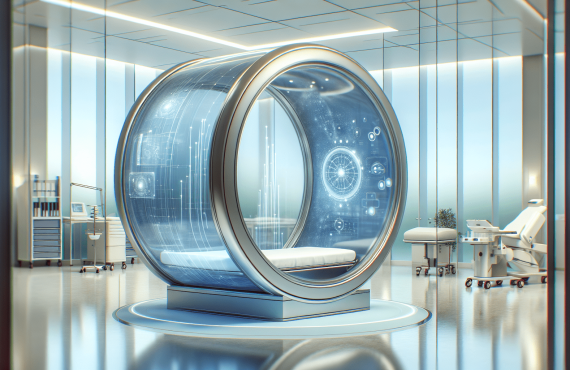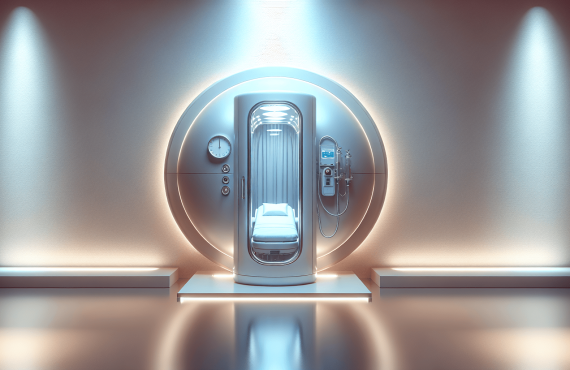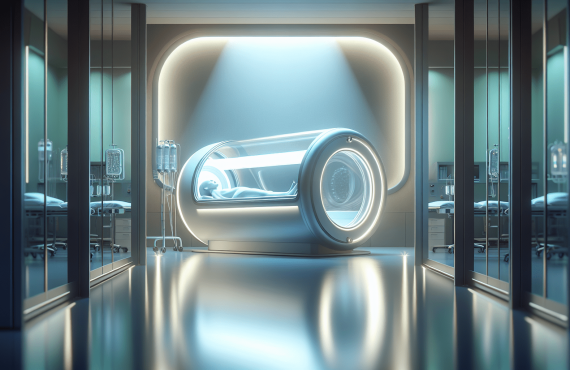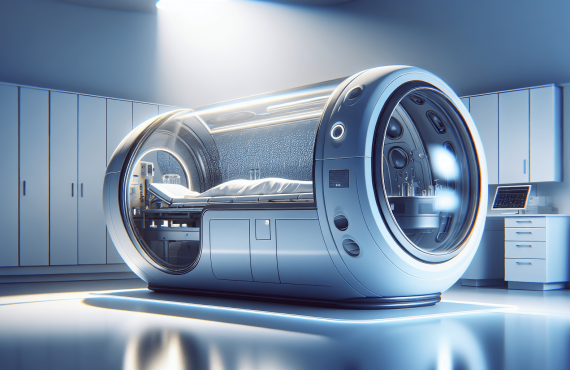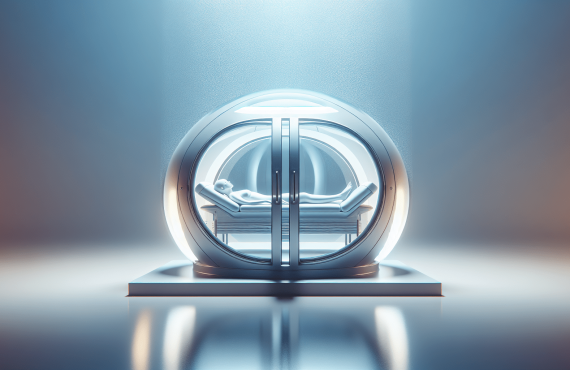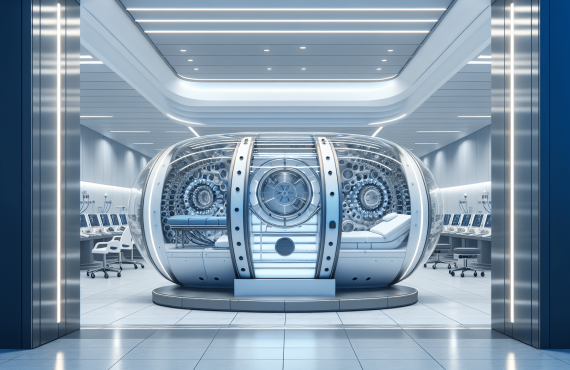Considering the potential benefits of hyperbaric oxygen therapy, it is important to also understand the potential downsides. While generally safe, there are a few potential risks associated with this therapy. Some individuals may experience minor side effects such as ear discomfort, sinus congestion, or temporary nearsightedness. In rare cases, more serious complications like oxygen toxicity, lung damage, or barotrauma can occur. However, it is important to note that these risks are relatively low, and hyperbaric oxygen therapy is typically considered safe when performed by trained medical professionals. If you are considering this therapy, it is essential to consult with a healthcare provider to discuss the potential benefits and risks based on your specific medical condition.
Table of Contents
Definition
The downside of hyperbaric oxygen therapy
Hyperbaric oxygen therapy (HBOT) has gained popularity as a medical treatment that involves breathing pure oxygen in a pressurized environment. While it is known to have various health benefits, it is important to be aware of the potential downsides associated with this therapy.
Lack of scientific evidence
Limited research and conclusive evidence
Lack of standardized protocols
Controversial effectiveness
One of the major downsides of hyperbaric oxygen therapy is the lack of scientific evidence to support its effectiveness. Although there have been some studies conducted on the use of HBOT for certain conditions, the research is still limited and inconclusive. This lack of substantial evidence makes it difficult to determine the true effectiveness of the therapy for different medical conditions.
Moreover, there is a lack of standardized protocols for the administration of hyperbaric oxygen therapy. Each clinic may have its own approach, resulting in inconsistencies in treatment protocols. This lack of standardization hinders the ability to compare results across different studies and clinics.
The controversial effectiveness of HBOT further adds to the downside of this therapy. While it has shown positive results for certain conditions, there is ongoing debate among healthcare professionals regarding its efficacy. Some argue that the benefits of HBOT may be overstated, and more rigorous studies are needed to establish its true effectiveness.

Cost
Expensive treatment
Not covered by insurance
Another significant downside of hyperbaric oxygen therapy is its cost. The treatment can be quite expensive, making it inaccessible for many individuals who may benefit from it. The cost of owning and operating a hyperbaric chamber, as well as the specialized training required for healthcare professionals, contributes to the high cost of this therapy.
Additionally, hyperbaric oxygen therapy is often not covered by insurance. This means that individuals seeking this treatment may have to bear the full financial burden themselves. The lack of insurance coverage further limits the accessibility of this therapy for those who cannot afford to pay out of pocket.
Potential side effects
Ear barotrauma and sinus squeeze
Oxygen toxicity
Fire hazard
Temporary myopia
Confined space or claustrophobia
Like any medical treatment, hyperbaric oxygen therapy comes with potential side effects that should be considered. One common side effect is ear barotrauma and sinus squeeze, which can occur due to changes in pressure during the treatment. This can cause discomfort, pain, and damage to the ears and sinuses.
Another potential side effect is oxygen toxicity. Breathing pure oxygen at high pressures can lead to oxygen toxicity, which can damage cells and tissues in the body. This can result in symptoms such as dizziness, seizures, and lung injury.
Hyperbaric chambers also pose a fire hazard due to the high concentration of oxygen inside. Oxygen supports combustion, and any ignition source within the chamber can potentially lead to a fire. Strict safety protocols must be followed to prevent accidents.
Temporary myopia, or nearsightedness, can also occur after undergoing hyperbaric oxygen therapy. This is a temporary visual disturbance that usually resolves on its own, but it can be concerning for some individuals.
Lastly, the confined space of the hyperbaric chamber may trigger feelings of claustrophobia in some people. The small, enclosed environment can be anxiety-inducing, making the therapy uncomfortable for those who experience claustrophobic symptoms.

Infiltration of unproven clinics
Unregulated clinics
False claims and misleading advertising
One downside of hyperbaric oxygen therapy is the infiltration of unproven clinics offering this treatment. The lack of regulations in certain countries or regions allows clinics to operate without proper oversight or adherence to established standards of care. These unregulated clinics may not apply evidence-based practices and may make false claims about the benefits of HBOT.
Misleading advertising is another issue associated with the proliferation of unproven clinics. Patients may be lured by exaggerated claims or promises of miraculous results, leading them to seek treatment from clinics that may not have the necessary qualifications or expertise. It is crucial for individuals to conduct thorough research and seek treatment from reputable healthcare providers.
Not a standalone treatment
Should not replace conventional medical treatments
Limited effectiveness for certain conditions
Hyperbaric oxygen therapy should not be seen as a standalone treatment for all medical conditions. While it may be beneficial for certain conditions, it should not replace conventional medical treatments that have been proven effective through clinical trials and extensive research.
Moreover, the effectiveness of hyperbaric oxygen therapy may be limited for certain conditions. It is important to consult with healthcare professionals and consider all available treatment options before pursuing HBOT. A comprehensive approach that combines different modalities may yield better outcomes for certain conditions.
Risk of infection
Potential for infection
Infection risk in non-controlled environments
Another downside of hyperbaric oxygen therapy is the risk of infection. The pressurized environment of the hyperbaric chamber, combined with the presence of moisture, can create an ideal breeding ground for bacteria and other microorganisms. This increases the potential for infection, especially if proper sterilization procedures are not followed.
In non-controlled environments, such as unregulated clinics, the risk of infection may be even higher. Without proper sterilization protocols and adherence to infection control guidelines, patients may be exposed to harmful bacteria or other pathogens. This highlights the importance of seeking treatment from reputable healthcare facilities that prioritize patient safety and follow strict infection control measures.
Dependency
Need for repeated sessions
Long-term commitment
Hyperbaric oxygen therapy often requires repeated sessions to achieve optimal results. This treatment modality is not a quick fix and may necessitate a long-term commitment. The need for multiple sessions can be burdensome for individuals, both in terms of time and financial resources.
The dependency on repeated sessions can also lead to unrealistic expectations. Some individuals may assume that a few sessions of hyperbaric oxygen therapy will provide immediate and lasting relief, only to be disappointed when the desired results are not achieved within a short period of time. It is important to have realistic expectations and to discuss treatment goals with healthcare professionals.
Accessibility
Limited availability of chambers
Travel requirements for treatment
Hyperbaric chambers may not be readily available in all locations, limiting the accessibility of hyperbaric oxygen therapy. In some areas, the number of hyperbaric chambers may be limited, making it difficult for individuals to access this treatment modality. This can be especially challenging for individuals living in remote or rural areas.
Additionally, accessing hyperbaric oxygen therapy may require travel to specialized clinics or facilities that offer this treatment. This adds to the logistical challenges and costs associated with the therapy. Individuals who do not have the means to travel or who have limited mobility may face barriers in accessing this treatment.
Contraindications
Certain medical conditions may prevent treatment
Consultation with a healthcare professional is necessary
Hyperbaric oxygen therapy is not suitable for everyone and has certain contraindications. Individuals with certain medical conditions, such as certain types of lung diseases or untreated pneumothorax, may not be eligible for this treatment. It is important to consult with a healthcare professional before undergoing hyperbaric oxygen therapy to determine if it is safe and appropriate for individual circumstances.
In conclusion, while hyperbaric oxygen therapy has shown potential benefits for certain medical conditions, it is important to consider the downsides associated with this treatment. The lack of scientific evidence, high cost, potential side effects, infiltration of unproven clinics, dependency on repeated sessions, limited accessibility, and contraindications should all be taken into account before pursuing hyperbaric oxygen therapy. Consulting with a healthcare professional and conducting thorough research can help individuals make informed decisions regarding their treatment options.








































